The Bronze Age can be divided into four periods: Early (2300-1700 BC), Middle (1700-1350 BC), Recent (1350-1200 BC) and final (1200- 700 BC). With the discovery of metallurgy, stone artefacts were replaced by bronze kits and tools.
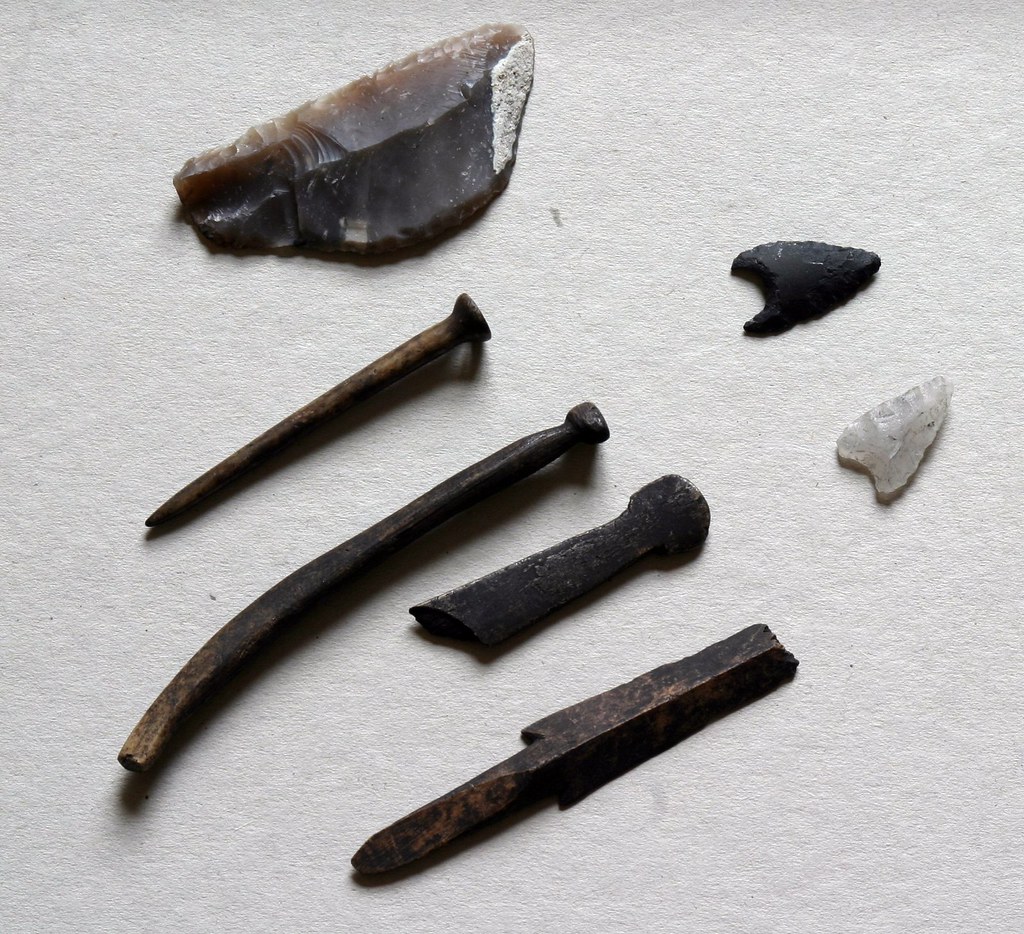
Image source: https://search.creativecommons.org/photos/37bf559e-601d-426e-8340-0f9e56403ddd by arnybo
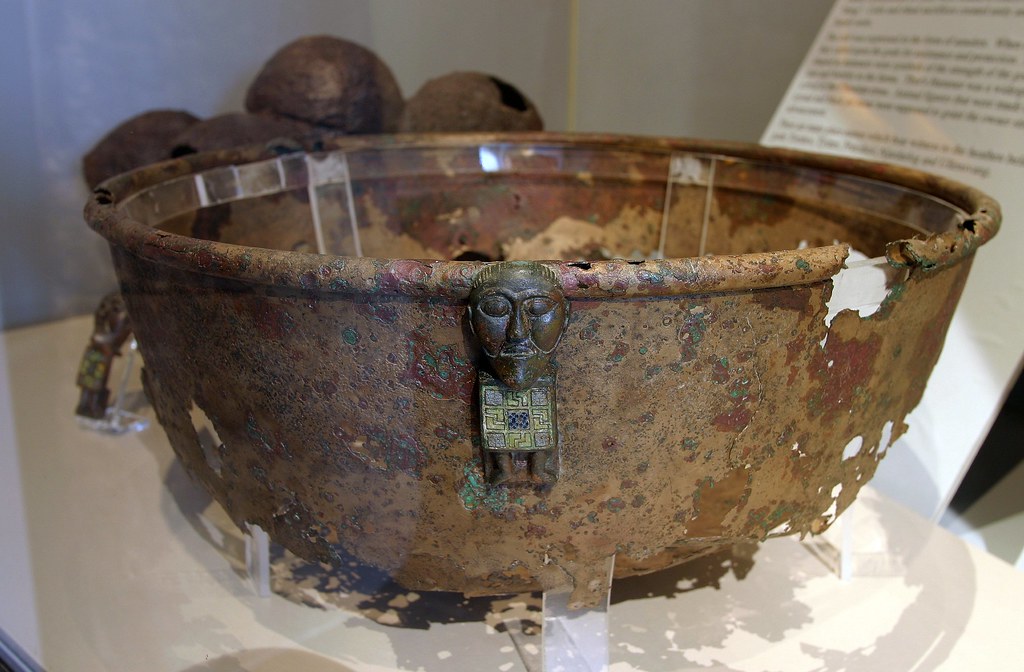
Image source: https://search.creativecommons.org/photos/8a7d0e6c-a0c5-4d85-9a3c-52d130e3fa67 by arnybo
Bronze Age Periods
- The Early Bronze Age represents the first phase of the Bronze Age. Survival agriculture was the main activity practiced with the use of elementary techniques of the Neolithic. The metallurgical activity recorded a remarkable increase: the first closets of bronzes stood.
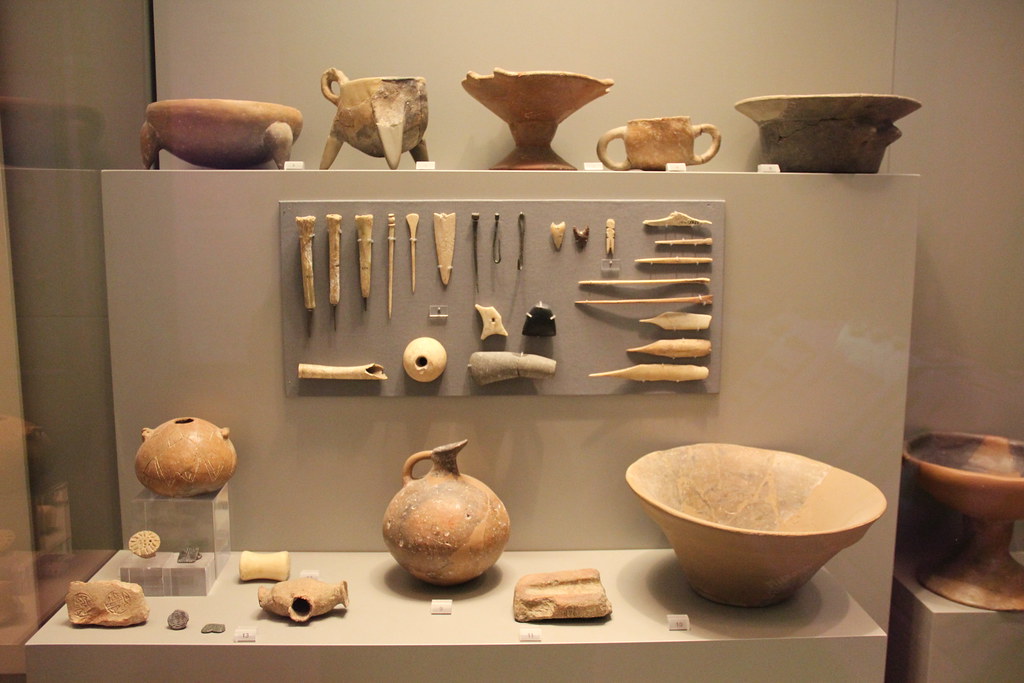
Image source: https://search.creativecommons.org/photos/7bcb9ccb-2825-46a8-95a3-c09a582f755a by Gary Lee Todd, Ph.D.
- In the Middle Bronze are witnessing the transition to stable settlements and numerically more consistent. We observe the introduction of the simple plow and a marked increase in livestock. In the processing is clear the achievement of specialized techniques.
- During the Late Bronze, the socials and cultural innovations it always more affirm. In the metallurgy are obvious far-reaching innovations. The choice of the territory becomes increasingly finalized at economic activities prevalent. The presence of a thousand people in the bigger centers let us suppose the existence of an articulated community, based on an economic organization. The Late Bronze prepares the appearance of a historically known company, characteristics of the next Iron Age.

Image source: https://search.creativecommons.org/photos/713a9874-0ec5-4874-b1ab-df0ca3efee50 by Gary Lee Todd, Ph.D.
How were Bronze Age communities organized?
Archaeologists try to answer by analyzing the various elements that can be deduced from the analysis of the village’s plants, with the data that come from the burials and organization of cemeteries, as the presence or absence of larger homes than others. What results attesting to the existence of communities linked by kinship within which sometimes appear the presence of ‘aristocrats’ groups.
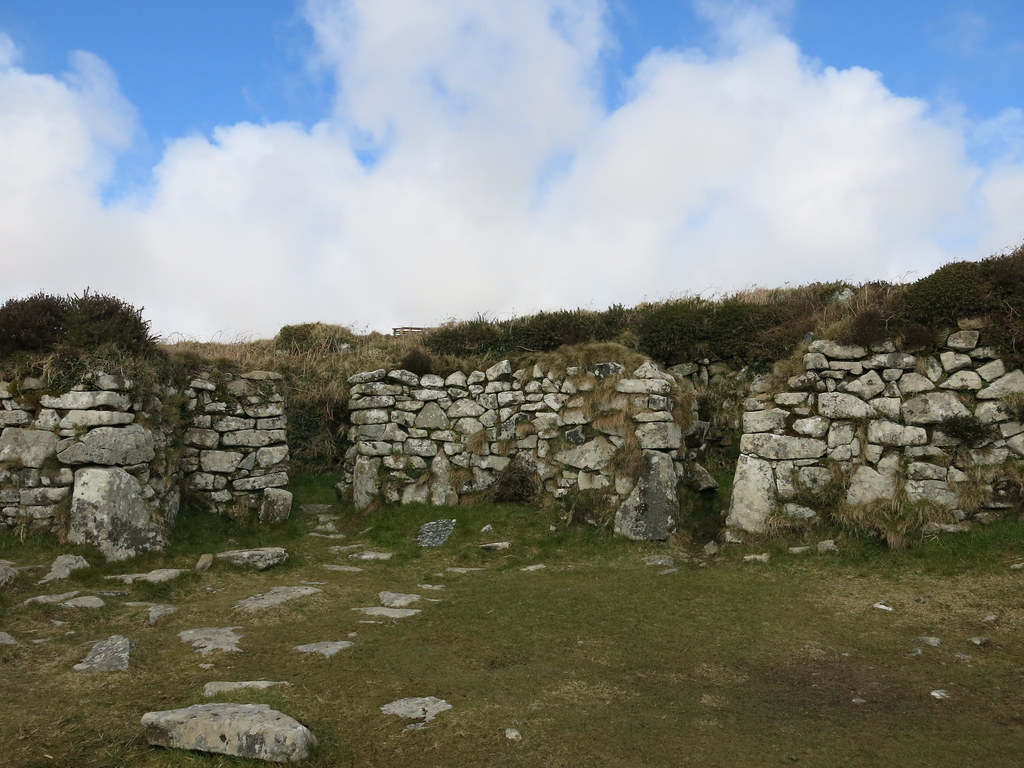
Image source: https://search.creativecommons.org/photos/8c69a762-a432-4795-8225-37d34226de12 by Peter Curbishley
What was the key event of the Bronze Age?
The key prerequisite for the Bronze Age was the development of smelting (the process of extracting the metal from the ore). Once a sufficient volume of metal is melted, it is subsequently hammered or melted and then poured into a mold. Fusion technology first emerged in Southwest Asia.
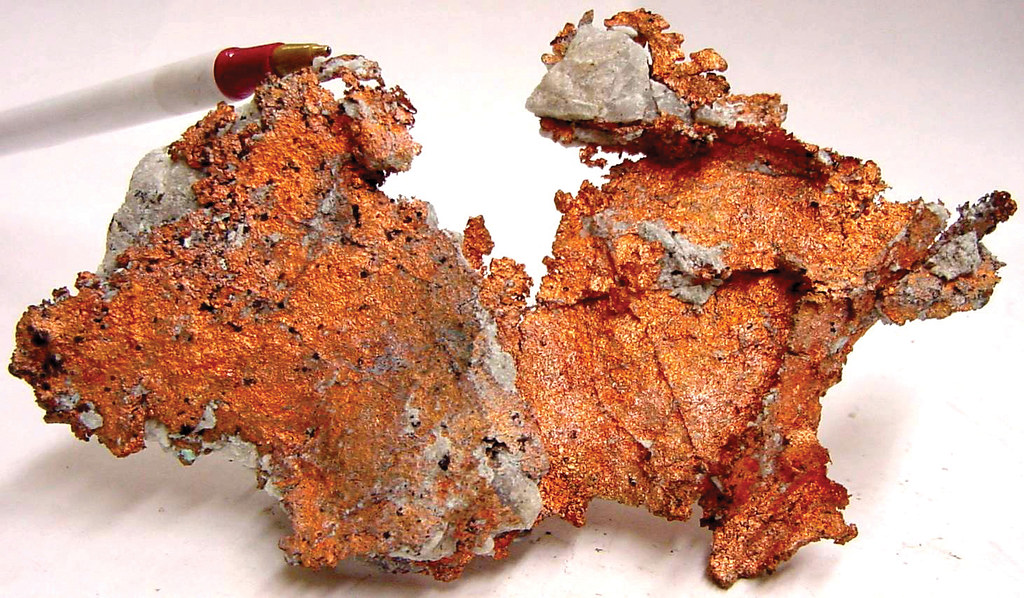
Image source: https://search.creativecommons.org/photos/5fd4c90b-05dd-4c48-96ba-6a32bbc528a4 by U.S. Geological Survey
The first metal to be melted was copper which was, however, a rather soft metal, it was discovered that, by blending it with tin, a much harder metal is obtained: bronze.

Image source: https://search.creativecommons.org/photos/604eec04-80d1-46aa-a73b-f674ce499f6a by Gary Lee Todd, Ph.D.
What is the Seima-Turbino Phenomenon?
Seima-Turbino phenomenon refers to a model of burial sites dating back to 1500 BC found throughout Northern Eurasia, from Finland to Mongolia, and has been a common point of both cultural origin and advanced metalworking technology.
Probably as a result of the climatic, ecological, economic, and political changes in this region around 2000 BC there has been a rapid and massive migration westward in northeastern Europe, eastward to China, and southward to Vietnam and Thailand across a frontier of some 4,000 miles.
Further excavations and research in Ban Chiang and Ban Non Wat, Thailand, claim that metalworking in southeast Asia was brought by Seima-Turbino, however, this theory remains highly uncertain and debated among archaeologists.
Info source:
https://en.wikipedia.org/wiki/Seima-Turbino_phenomenon
http://www.essential-humanities.net/history-overview/stone-bronze-iron-ages/

Comments are closed.